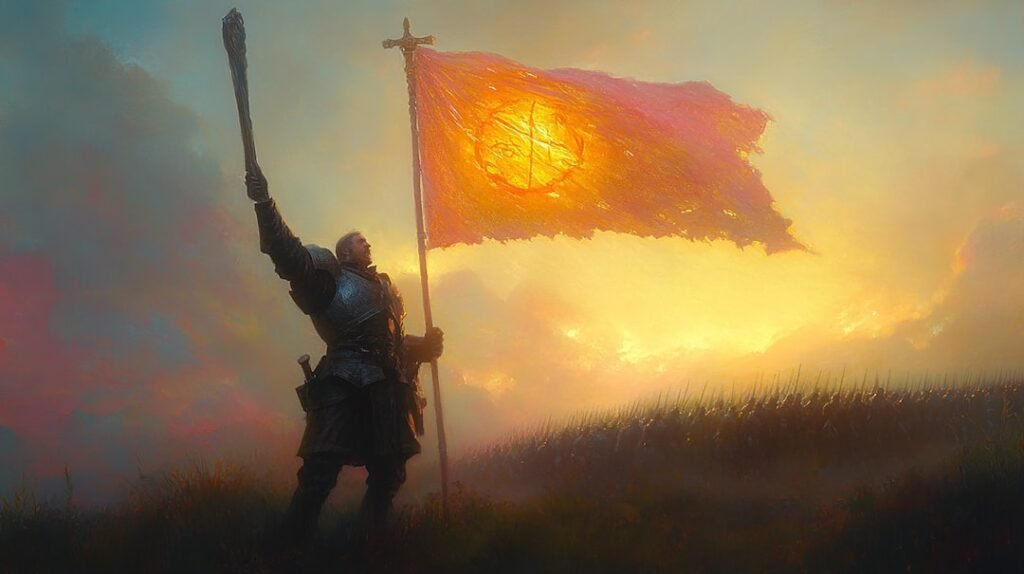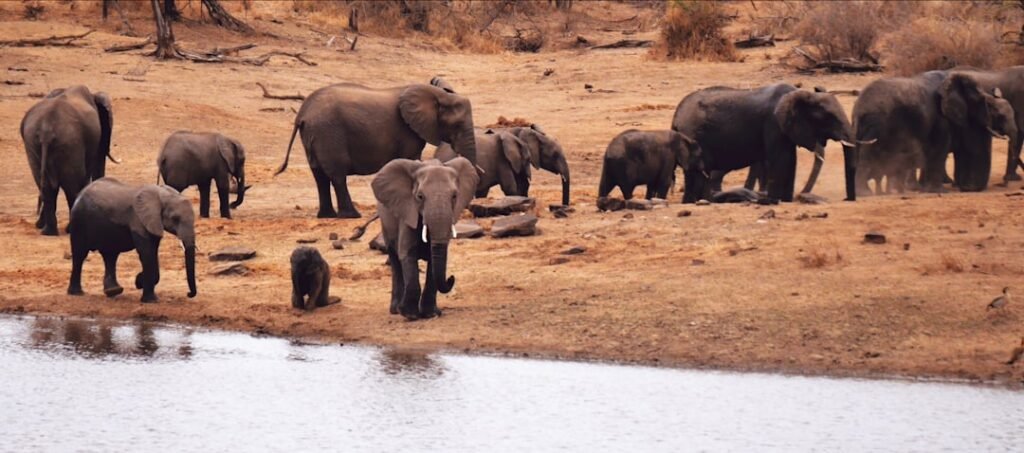Imagine a creature that roamed the Earth during the Ice Age, as large as a car, with the gentle demeanor of a modern-day wombat. Meet Diprotodon, an extinct genus of marsupials that once thrived in the Australian wilderness. These colossal creatures were not only the largest marsupials to have ever lived but also integral components of their ecosystems. Their story is a fascinating blend of size, survival, and the mysteries of evolution.
Unveiling the Marvel: What is Diprotodon?
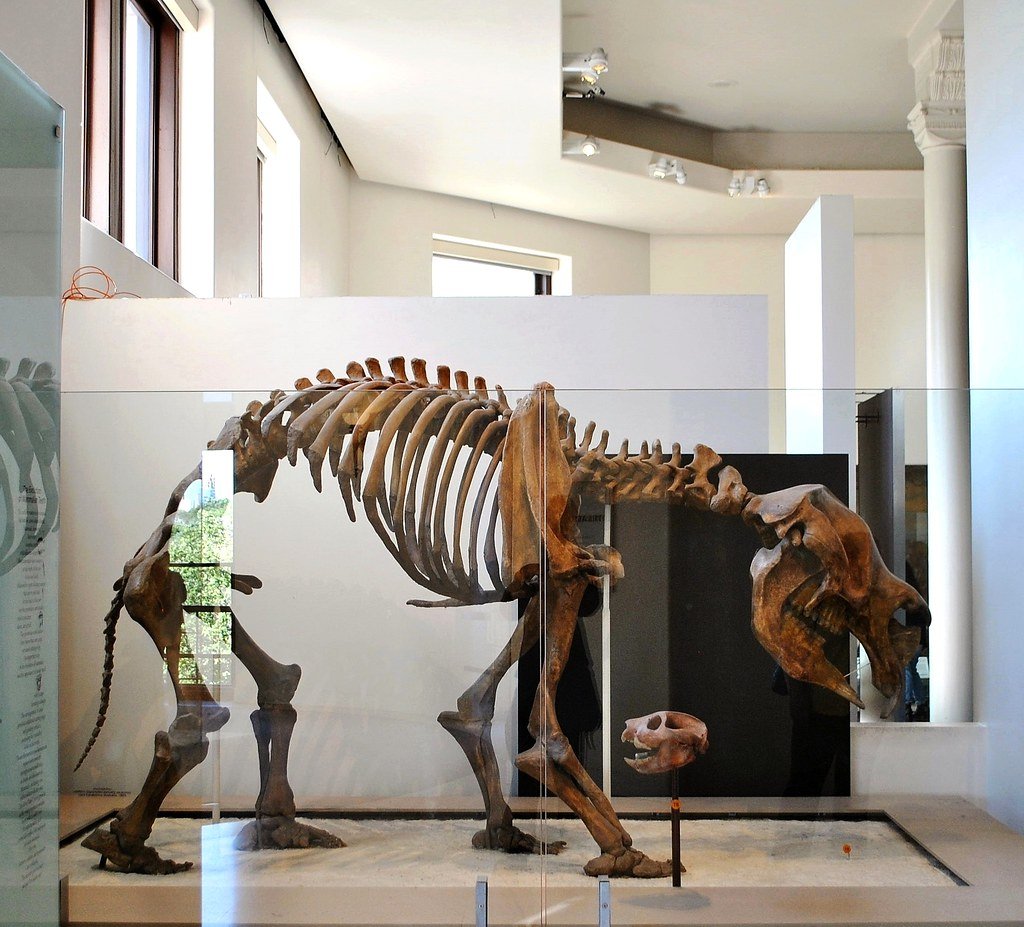
Diprotodon, often referred to as the giant wombat, was a prehistoric marsupial that inhabited the lands of Australia during the Pleistocene epoch. Imagine a creature with the size and weight of an average sedan, yet possessing features reminiscent of its smaller, contemporary cousin, the wombat. This unique combination of size and structure made Diprotodon a remarkable entity in the animal kingdom. They were herbivores, grazing on the abundant vegetation, and played a crucial role in maintaining the ecological balance. Their enormous size, however, did not deter them from being gentle and rather docile creatures, much like the gentle giants of the modern era.
Anatomical Wonders: The Physical Characteristics of Diprotodon
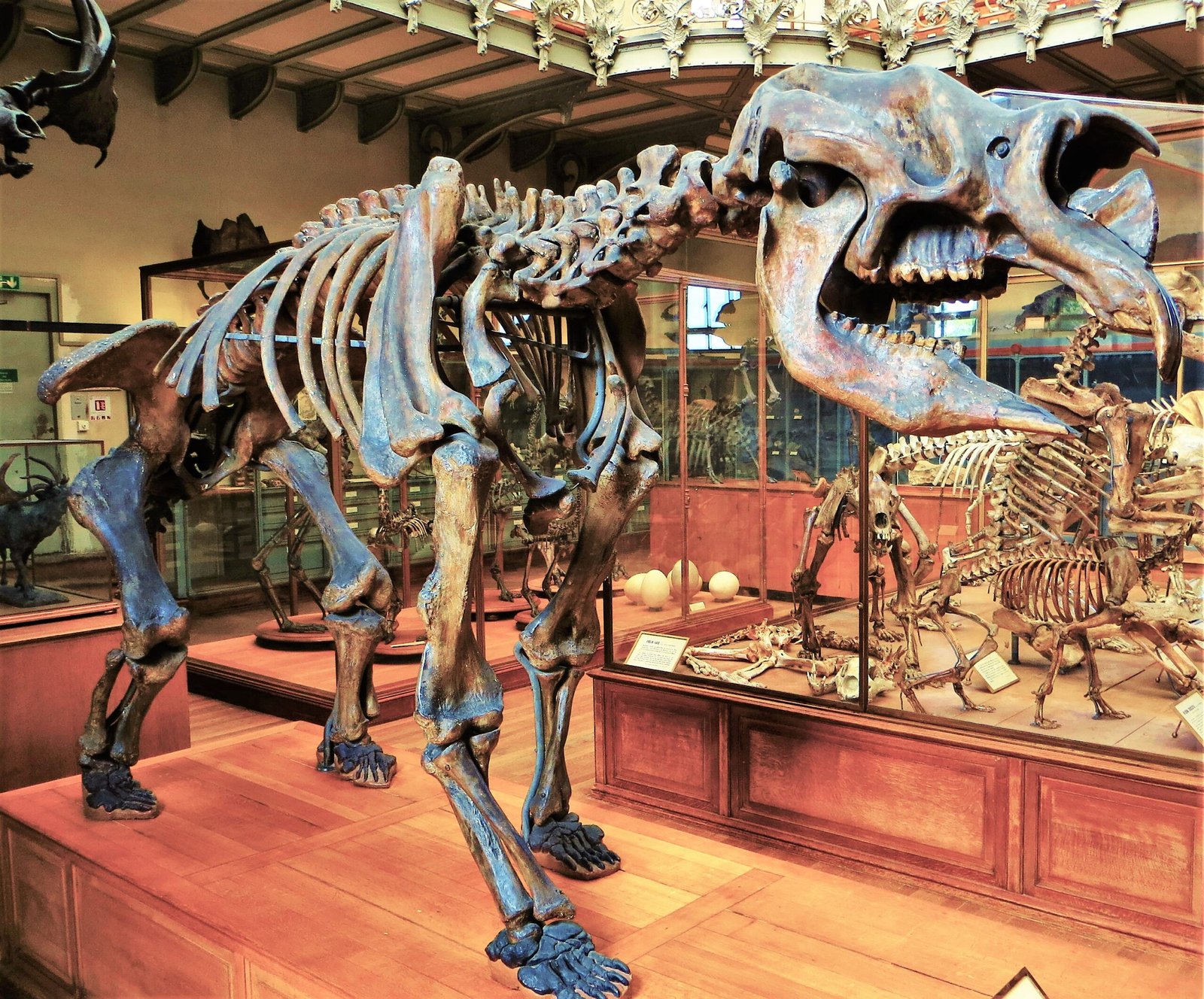
Diprotodon boasted a robust and sturdy physique, with a body length that could stretch up to 4 meters and a height reaching 1.8 meters at the shoulders. Their physical structure was adapted for a life of grazing, with strong limbs and broad feet designed to support their massive weight. The skull of a Diprotodon was equally fascinating, with a broad, flat face and strong jaws capable of grinding down tough plant material. Their teeth, unlike those of carnivorous contemporaries, were adapted for a herbivorous diet, emphasizing the evolutionary path that these creatures undertook. Despite their size, they had a surprisingly low metabolic rate, allowing them to survive in the varied climates of ancient Australia.
A Glimpse into the Past: The Habitat and Lifestyle of Diprotodon
The Ice Age landscape of Australia, with its sprawling forests, grasslands, and water bodies, was the perfect backdrop for Diprotodon. These giants roamed the open woodlands and riverbanks, areas rich in foliage that sustained their enormous appetites. Unlike the predators of their time, Diprotodon relied on their size and herd behavior for protection, often traveling in groups to stave off threats. Their herding instinct not only provided safety in numbers but also facilitated efficient foraging. The social structure of Diprotodon groups is believed to have been complex, with interactions that mirrored those of modern herd animals.
Evolutionary Tale: The Lineage of Diprotodon
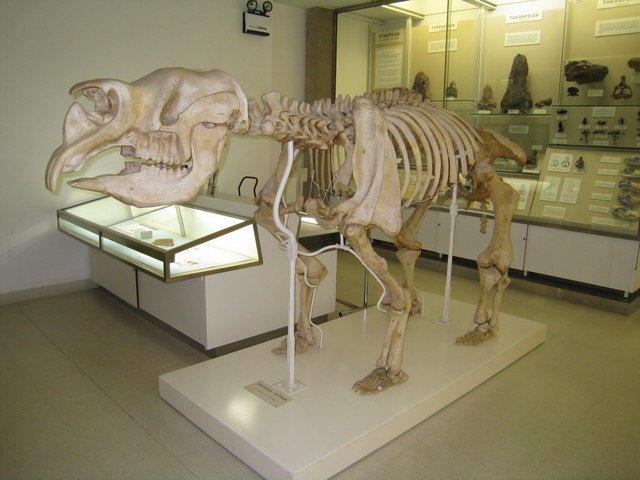
Diprotodon is part of the order Diprotodontia, which includes other marsupials like kangaroos and koalas. They are closely related to the Vombatiformes, a suborder that also contains modern wombats. The evolutionary journey of Diprotodon is a testament to the adaptive nature of marsupials in response to climatic and environmental changes. Over millions of years, they evolved from smaller ancestors, gradually increasing in size to exploit new ecological niches. This evolutionary path highlights the dynamic nature of life on Earth, where survival often necessitates significant changes in form and function. The existence of Diprotodon underscores the varied evolutionary strategies employed by marsupials to thrive in Australia’s challenging environments.
The Role of Diprotodon in Ancient Ecosystems
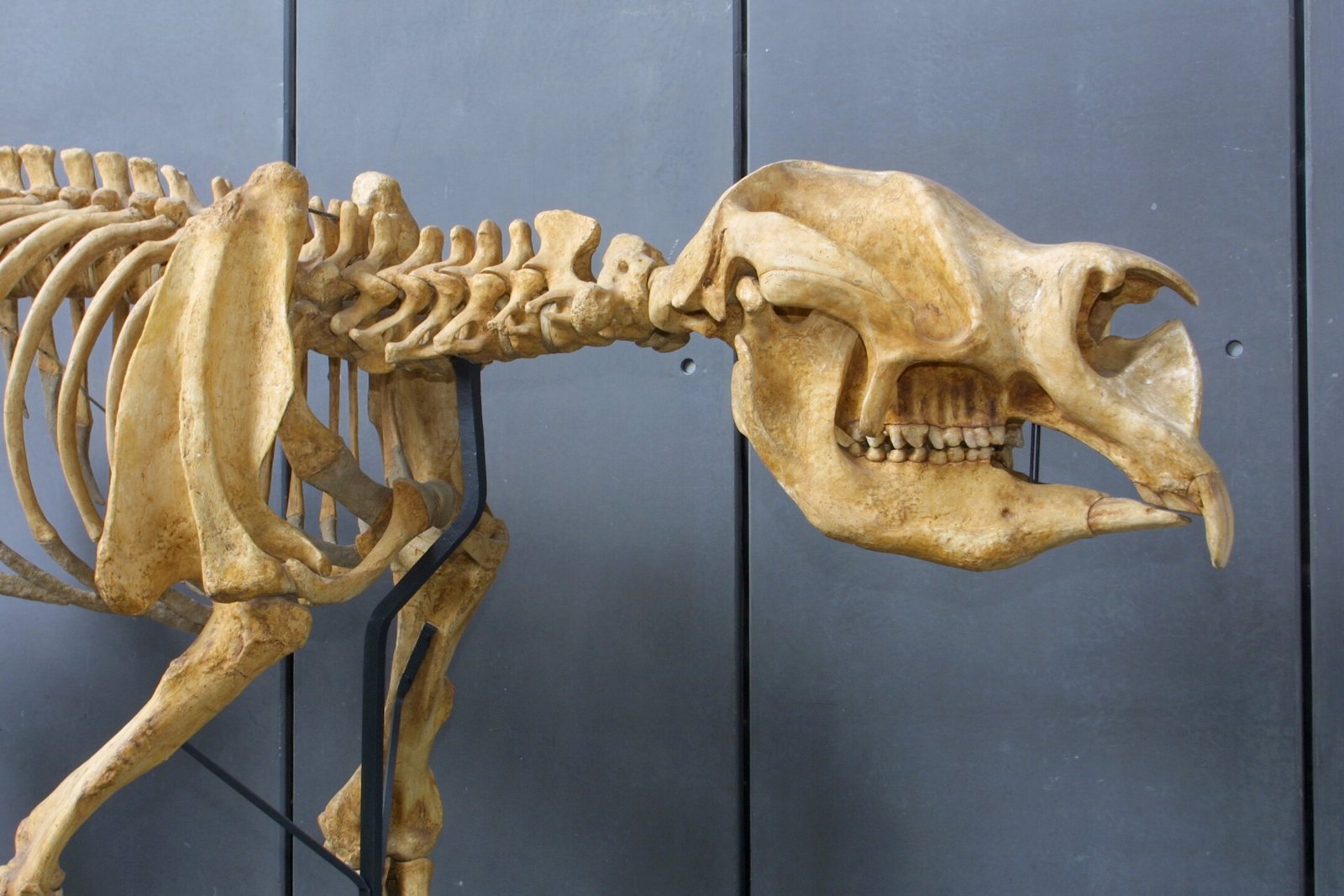
The presence of Diprotodon in the ecosystems of ancient Australia was integral to the health and stability of their environment. As mega-herbivores, these creatures played a pivotal role in shaping the vegetation and landscape through their grazing habits. By consuming large quantities of plant matter, they helped maintain the balance of plant species, preventing any single species from dominating the ecosystem. Their movement across the landscape also facilitated seed dispersal, contributing to plant diversity and forest regeneration. Diprotodon’s interactions with other species, including predators and smaller herbivores, created a balanced network of life that sustained the vibrant ecosystems of the Pleistocene era.
The Fossil Record: Uncovering the Remains of Diprotodon
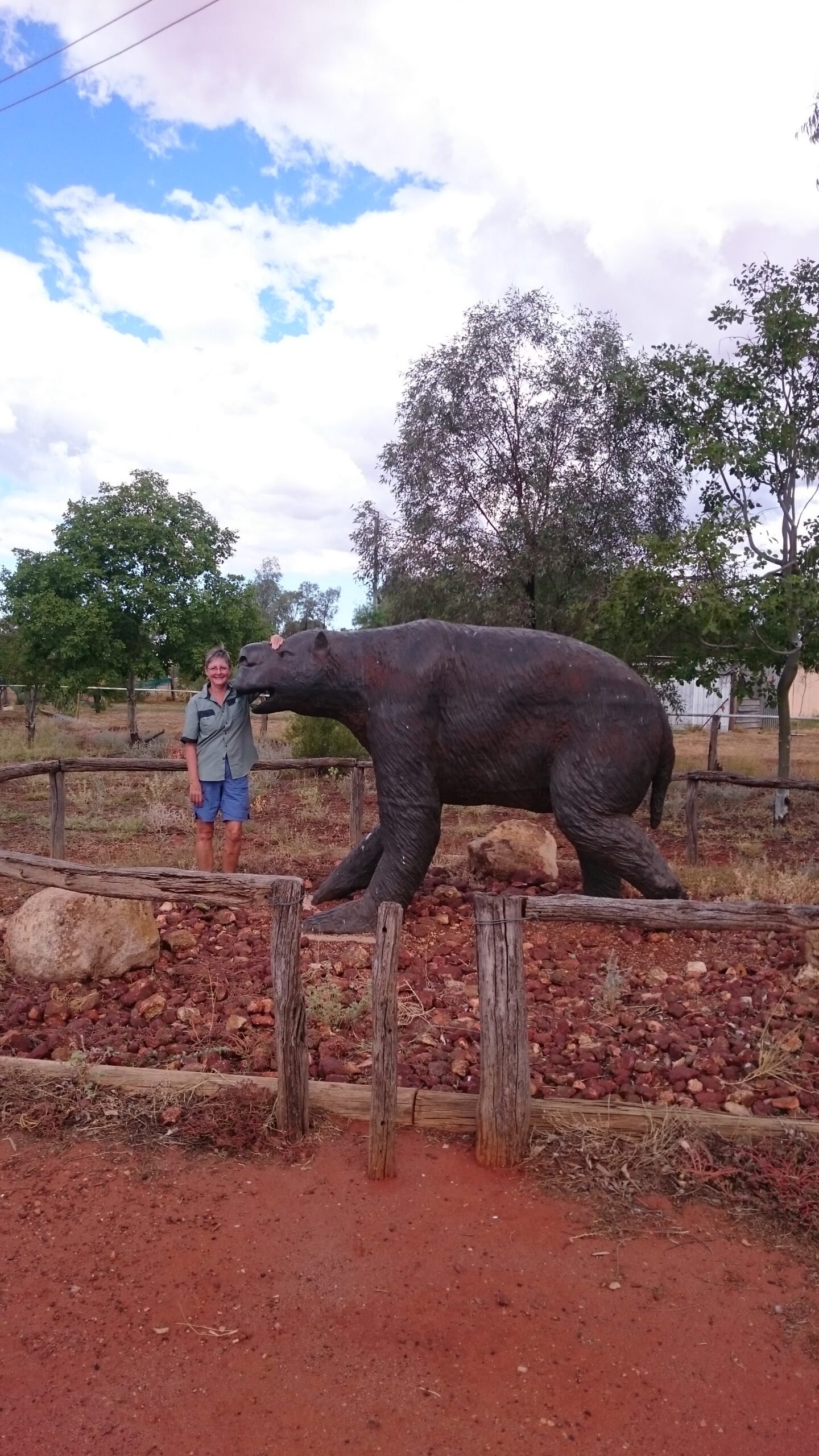
The discovery of Diprotodon fossils has provided invaluable insights into the lives of these ancient giants. Fossils have been found across various parts of Australia, often near water sources, which were crucial to their survival. These remains have allowed scientists to reconstruct the physical appearance, habits, and habitats of Diprotodon with remarkable accuracy. The study of their bones has revealed stress markers and growth patterns, shedding light on their life history and the challenges they faced. Each fossil discovery adds a new piece to the puzzle, unraveling the mysteries of these magnificent creatures that once roamed the Earth.
The Mystery of Extinction: What Happened to Diprotodon?
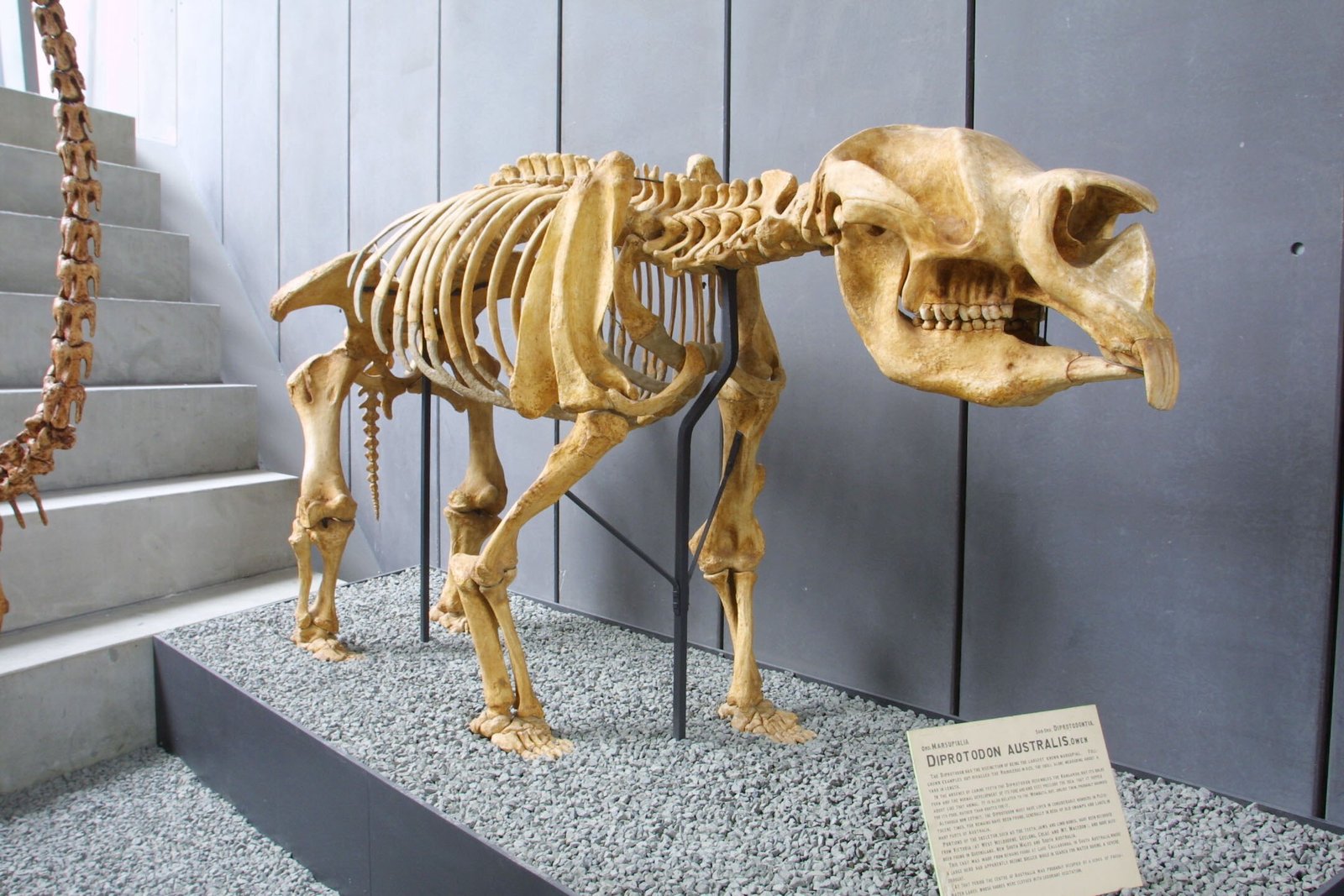
The disappearance of Diprotodon remains one of the great mysteries of paleontology. Theories abound, with climate change and human activity often cited as key factors. As the Ice Age came to an end, Australia experienced significant climatic shifts that altered habitats and food availability. Simultaneously, the arrival of humans introduced new challenges, as hunting and habitat alteration may have compounded the pressures on Diprotodon populations. Despite these theories, the exact cause of their extinction remains elusive, sparking ongoing research and debate within the scientific community. The story of Diprotodon serves as a poignant reminder of the delicate balance between species and their environments.
Diprotodon’s Legacy: Modern-Day Connections
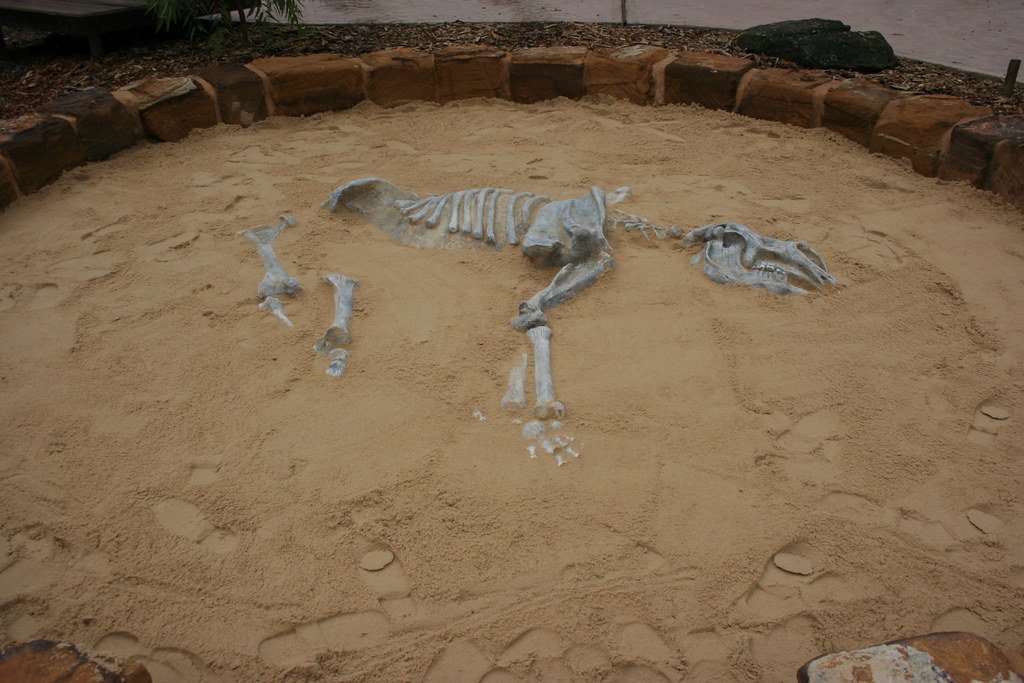
Though Diprotodon is no longer with us, its legacy lives on in its modern relatives and the ecosystems it once shaped. Today’s wombats and koalas carry genetic traces of their giant ancestor, offering a living connection to the past. These modern marsupials continue to play vital roles in their environments, echoing the ecological impact of Diprotodon. The study of Diprotodon also informs conservation efforts, highlighting the importance of preserving biodiversity and understanding the dynamics of extinction. Through education and research, we can honor the legacy of Diprotodon by fostering a deeper appreciation for the natural world and the intricate web of life it supports.
The Fascination Endures: Why Diprotodon Captures Our Imagination
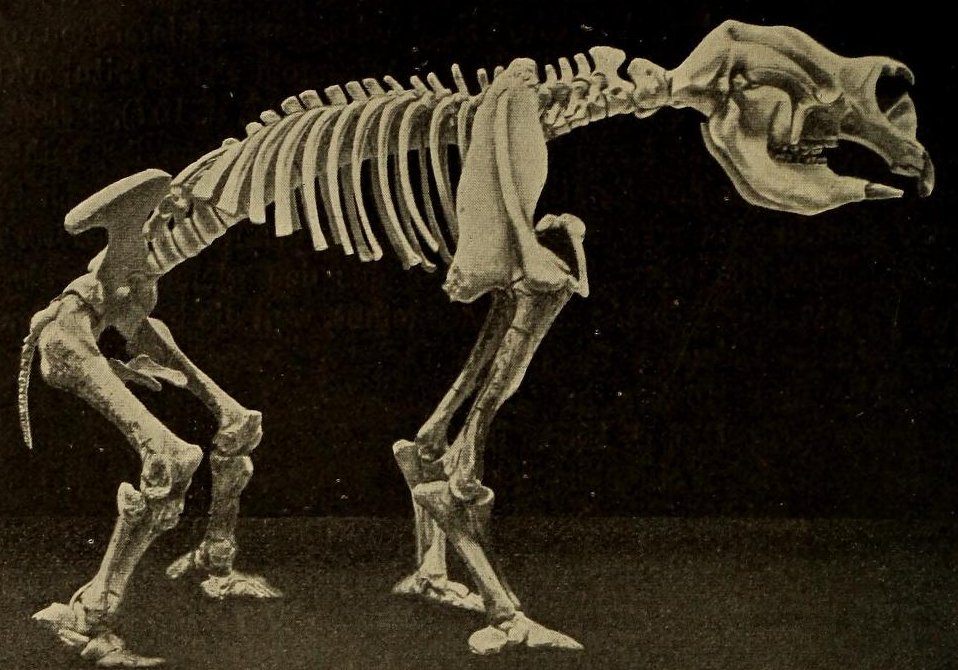
The story of Diprotodon captivates us because it embodies the wonders of prehistoric life and the mysteries of our planet’s past. Its sheer size and unique characteristics make it a subject of endless curiosity and fascination. The study of Diprotodon not only enriches our understanding of evolutionary biology but also ignites our imagination as we envision a world where giant wombats roamed freely. This fascination transcends scientific interest, resonating with nature enthusiasts, educators, and storytellers alike. Diprotodon’s tale serves as a bridge between the past and present, reminding us of the ever-evolving story of life on Earth.
Conclusion: A Journey Through Time with Diprotodon
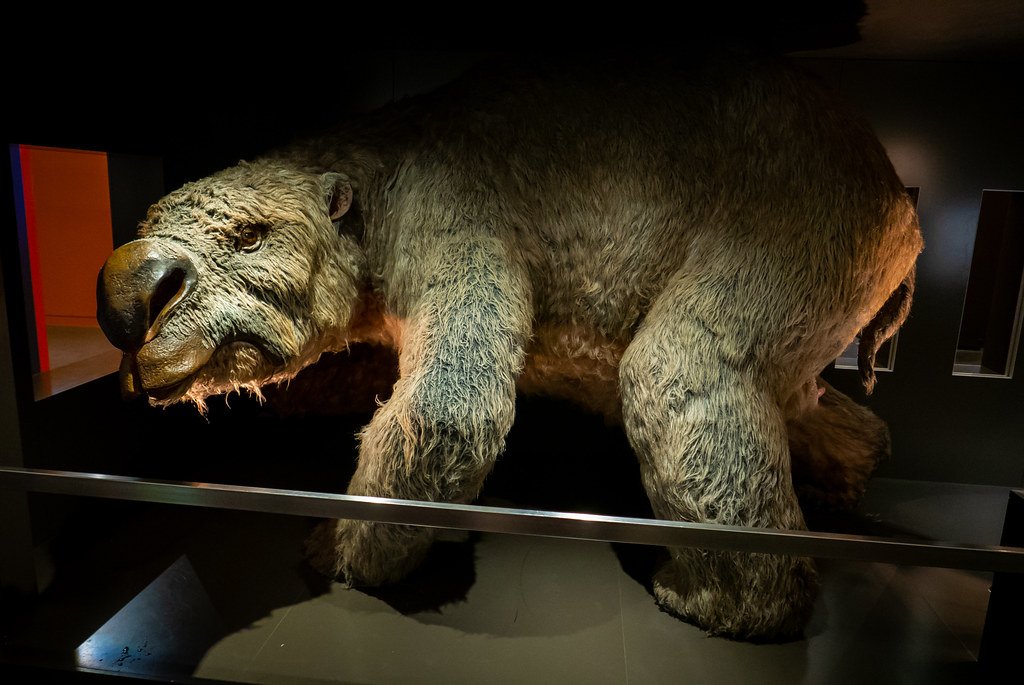
Diprotodon, the giant wombat of the Ice Age, represents a remarkable chapter in the history of life on Earth. Its story is one of adaptation, survival, and eventual extinction, offering valuable lessons for our understanding of evolution and ecology. As we delve into the world of Diprotodon, we uncover the intricate connections between species and their environments, gaining insights that inform our approach to modern conservation challenges. The legacy of Diprotodon continues to inspire and educate, encouraging us to explore the wonders of our planet’s past and to cherish the diversity of life that surrounds us today.



